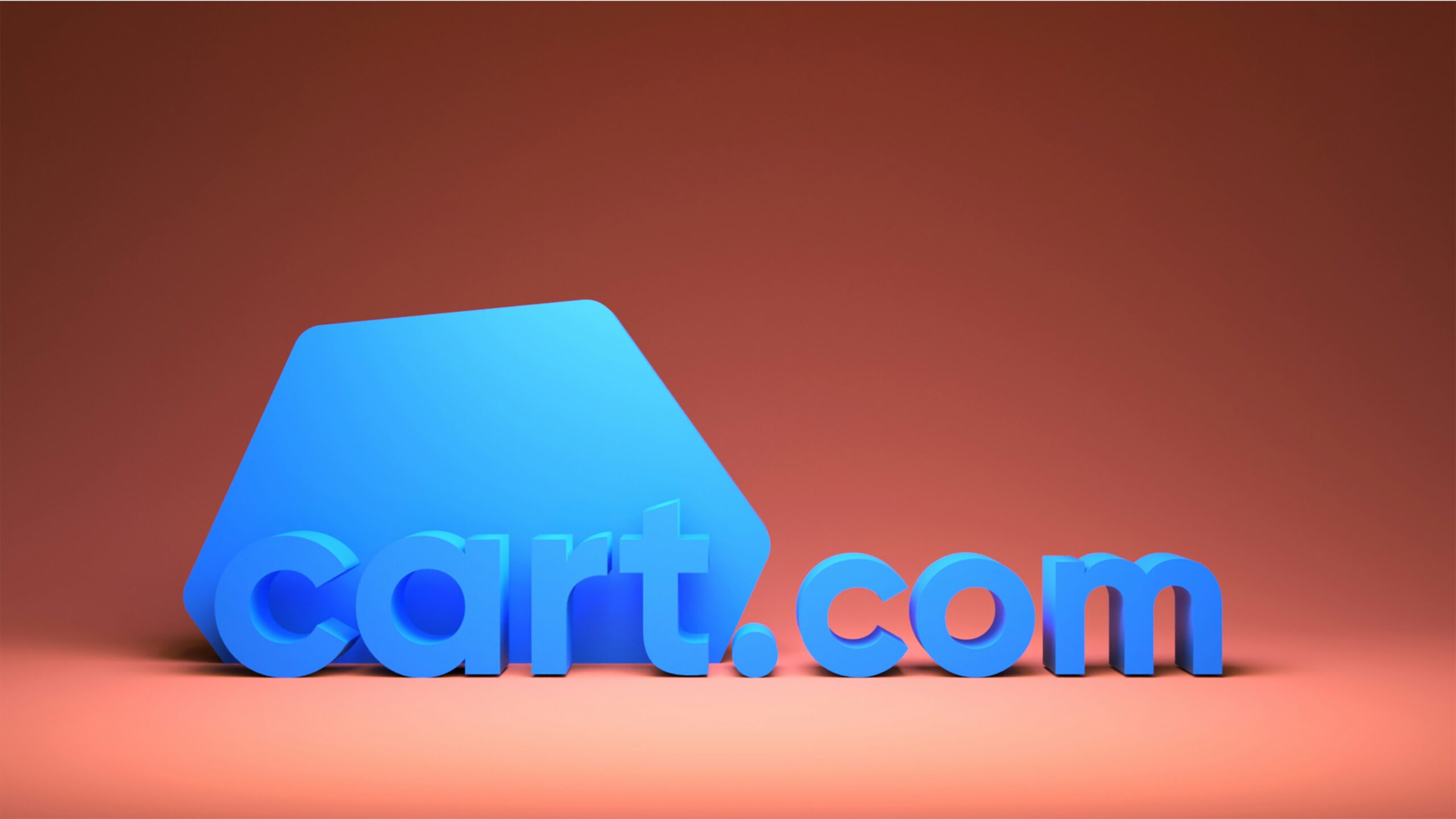The Evolution of Marketing in 2025: A Look Back and Ahead
August 5, 2025 | by qqvmedia.com


The State of Marketing in 2025
By 2025, the marketing landscape has undergone a revolutionary transformation characterized by technological advancements and significant shifts in consumer behavior. As brands navigate this evolving environment, they are leveraging innovative data analytics to gain deeper insights into customer preferences. This enhanced understanding enables companies to tailor their marketing strategies effectively, creating offers that resonate more profoundly with their target audiences.
One of the predominant trends in marketing has been the integration of artificial intelligence (AI) into various processes. AI systems allow brands to analyze vast amounts of consumer data quickly, facilitating targeted campaigns that increase engagement and conversion rates. Moreover, predictive analytics powered by AI assists marketers in anticipating consumer needs, ensuring that marketing efforts are both proactive and relevant. Consequently, marketing efforts have become increasingly intelligent, allowing for precision in dealing with consumers at every touchpoint.
Social media platforms continue to play a pivotal role in marketing strategies, serving as vital channels for brand communication and customer interaction. In 2025, brands increasingly utilize social media not just for advertising but also for fostering community engagement. This shift towards dialogue-driven marketing encourages authenticity and relatability, which are essential values for contemporary consumers. Additionally, the rise of influencer marketing has transformed how brands engage audiences, capitalizing on the trust influencers foster with their followers.
Consumer behavior has also evolved, with a marked preference for personalized experiences. Brands now employ advanced segmentation techniques, allowing for tailored content delivery that speaks directly to individual consumer needs and desires. This move towards hyper-personalization is indicative of a broader trend where consumers increasingly expect brands to understand their unique preferences and adapt accordingly.
In summary, the marketing landscape in 2025 is characterized by the convergence of technology, data-driven strategies, and a profound understanding of consumer behavior, setting the stage for a more connected and responsive approach to branding and consumer engagement.
Technological Advancements and Their Impact
The landscape of marketing has evolved dramatically by 2025, primarily due to various technological advancements. These innovations have not only redefined traditional marketing methods but have also introduced new paradigms in customer engagement and interaction. Artificial intelligence (AI) has emerged as a cornerstone technology, enabling brands to analyze vast amounts of consumer data to predict behavior, personalize experiences, and optimize marketing strategies. For instance, companies are employing AI-driven chatbots that offer real-time assistance, greatly enhancing customer service and satisfaction.
Moreover, augmented reality (AR) has played a significant role in transforming how consumers interact with products. With AR applications, customers can virtually ‘try before they buy’, leading to more informed purchasing decisions. Brands such as IKEA and Sephora have successfully integrated AR into their marketing campaigns, allowing users to visualize products within their own homes or even test makeup virtually. This level of engagement has proven to not only increase conversion rates but also foster a deeper connection with the brand.
In addition to AI and AR, various digital tools have enhanced campaign effectiveness and efficiency. Marketing automation platforms have streamlined workflows, enabling marketers to deliver precisely targeted content at optimal times. Such technologies also facilitate comprehensive performance analytics, allowing companies to measure the success of their campaigns and make data-driven adjustments as necessary.
However, with these advancements comes the crucial responsibility of ensuring cybersecurity and data privacy. As marketers gather more data to improve personalization, they must navigate the challenges of protecting consumer information against breaches and maintaining trust in their brands. As such, compliance with regulations related to data privacy has become paramount in this tech-driven marketing landscape.
Consumer Behavior Changes
In 2025, significant transformations in consumer behavior were underscored by evolving values that prioritize sustainability and social responsibility. Today’s consumers are increasingly discerning, favoring brands that not only offer quality products but also demonstrate a commitment to environmental and ethical practices. This shift in values has led to a robust demand for transparency, with consumers seeking to understand the sourcing, production, and impact of the products they purchase. The emphasis on sustainability is not merely a trend; it has become a fundamental aspect of brand differentiation.
The rise of community-driven marketing strategies has further influenced consumer behavior. Brands are now focusing on building meaningful connections through authentic engagement with their audiences, fostering communities that share similar values and interests. This approach enhances customer loyalty, as consumers feel a sense of belonging and alignment with a brand’s mission. Utilizing user-generated content has proven vital for brands to resonate with younger generations, particularly millennials and Gen Z, who actively seek relatable and participatory experiences in their shopping journeys.
Demographic changes also play a significant role in shaping marketing strategies. As more millennials and Gen Z consumers enter the marketplace, their distinct preferences and expectations prompt brands to adapt their messaging and product offerings. These generations tend to prioritize experiences over material possessions, influencing the types of products they seek and how they engage with brands. Understanding audience segmentation has become crucial for marketers; leveraging data analytics, brands can craft targeted campaigns that appeal to the specific preferences and values of diverse consumer segments.
In light of these profound shifts in consumer behavior, it is essential for brands to remain adaptable. By integrating insights about sustainability, community engagement, and demographic trends, companies can develop more effective marketing strategies that not only capture attention but also foster genuine connections with consumers, ultimately resulting in long-term brand loyalty.
Upcoming Marketing Trends for 2026
As we look towards 2026, the marketing landscape is expected to undergo significant transformation fueled by advancements in technology and shifts in consumer behavior. One of the predominant trends anticipated is the continued development of artificial intelligence (AI) and automation within marketing strategies. Marketers will increasingly rely on AI-driven platforms to analyze data, personalize user experiences, and optimize campaigns in real-time. The ability for businesses to harness predictive analytics will enable them to tailor their efforts closer to consumer needs, making marketing initiatives more efficient and relevant.
Moreover, virtual and hybrid events are expected to become integral to marketing strategies. The pandemic accelerated the adoption of virtual gatherings, and as we progress into 2026, these formats will evolve to include more interactive features and enhanced attendee engagement. Brands will likely invest in creating immersive experiences utilizing augmented reality (AR) and virtual reality (VR) technologies, enhancing the ways consumers connect with products and services. By merging physical and digital experiences, companies can create a more comprehensive consumer journey, bridging the gap between online and offline interactions.
Another trend that will gain momentum is the evolution of influencer marketing. While influencers have played a vital role in brand outreach, the future will see a shift towards micro and nano-influencers who offer highly engaged audiences and more authentic connections. Brands will choose to collaborate with these smaller influencers to build trust and credibility within niche markets. Additionally, the rise of platform-specific influencer collaborations, tailored to the unique characteristics of social media channels, will redefine how brands approach influencer partnerships.
In preparation for these anticipated shifts, marketers must stay informed and agile, crafting strategies that leverage technology and respond to evolving consumer preferences effectively. Adapting to these upcoming trends will be essential for businesses aiming to remain competitive in the fast-changing marketing landscape of 2026.
RELATED POSTS
View all


